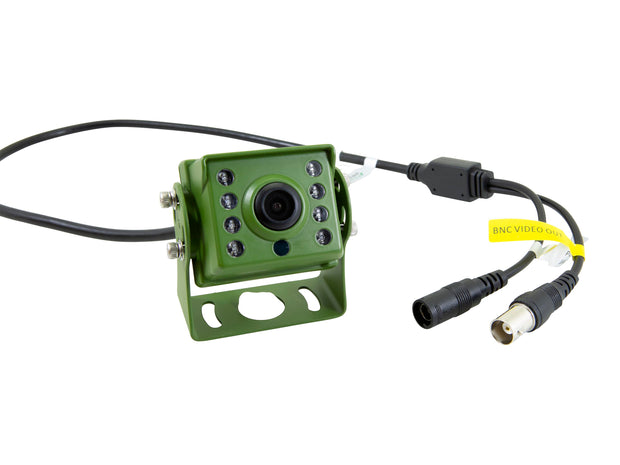


If you’re on Twitter, you can also join in on the fun by following for live updates from the camera moderators throughout the day.īeyond the live video from the camera, visitors to the site can also expect to find: Visitors can watch past video clips from the feeder cam, explore the timeline of hummingbird activity, check out the latest news and learn about the species visiting the feeder. The Cornell page hosting the camera has plenty of resources for the hummingbird enthusiasts watching the feeder cam. Along with feeding hummingbirds, the site is also used by researchers from West Texas Avian Research for banding activities. The site actually hosts 24 Perky-Pet® feeders and attracts hundreds of hummingbirds during the peak of migration season. The West Texas Hummingbird Feeder Cam is set up near Fort Davis, Texas, on a private, semi-forested lot of land, which makes it an ideal spot for resident and migrating hummingbirds. The contests will include screenshot competitions and hummingbird quizzes.
#BEST BIRD FEEDER CAMERA FREE#
“It holds a 48 ounces nectar, has six feeding areas and is easy to fill and clean.”īeyond the joy of viewing these amazing birds, Perky-Pet® and Cornell will be hosting regular monthly contests where participants have a chance to win free Perky-Pet® feeders. “The Perky-Pet® Grand Master is an extremely reliable feeder for enthusiasts and beginners, ”said James Kelly of Perky-Pet®. The feeder featured on the cam is The Grand Master Hummingbird Feeder, one of Perky-Pet®’s best sellers. The feeder is also expected to get some occasional visits from rarer species, including Green Violetears, Blue-throated Hummingbirds, Allen’s Hummingbirds and Anna’s Hummingbirds, all of which are known to visit the area. Among the regular visitors, livestream viewers will see are Ruby-throated Hummingbirds, Black-chinned Hummingbirds and Rufous Hummingbirds. The high-resolution bird feeder cam was set up in West Texas, where 11 hummingbird species have already been spotted visiting the feeder.


 0 kommentar(er)
0 kommentar(er)
